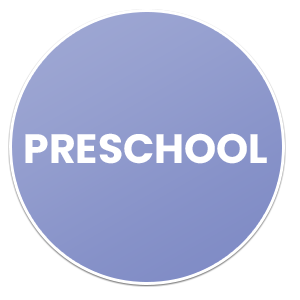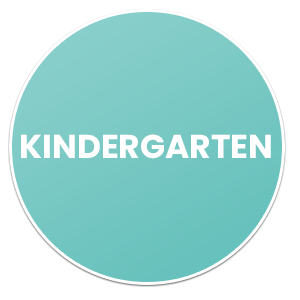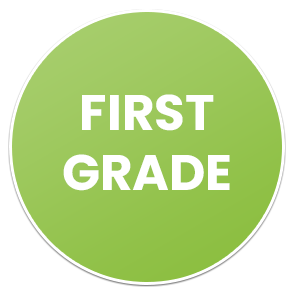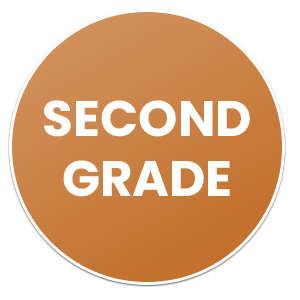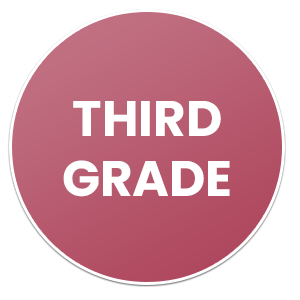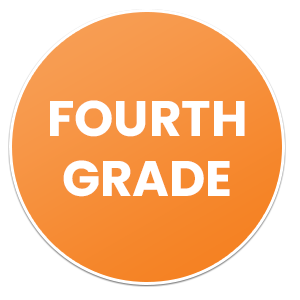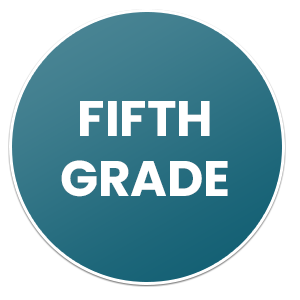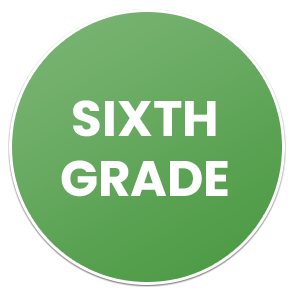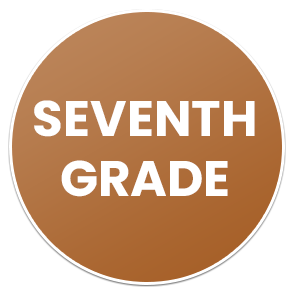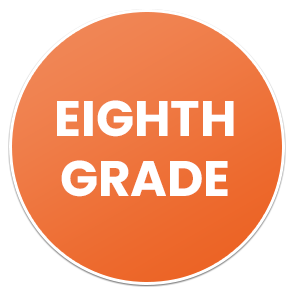How to Teach Fourth Grade
4th Grade Homeschool Curriculum
BookShark adopts an age-range level system rather than a traditional grade structure, acknowledging that every child matures differently. This flexibility allows you to choose a homeschool curriculum that aligns with your child’s individual development, helping them flourish at their natural speed. Additionally, BookShark can be used with multiple children at different ages.
Are you considering homeschooling your 4th grader? If so, you’re not alone. Many parents are exploring the benefits of crafting a personalized education experience for their children. The world of homeschooling offers flexibility, creativity, and an opportunity to tailor learning to your child’s unique interests and pace.
As we dive into the essentials of a complete 4th grade homeschool curriculum, you’ll discover what subjects matter most and how to make learning engaging for your young scholar. Whether you’re just starting out or looking to enhance your existing plans, this guide will provide valuable insights for creating an effective educational journey at home. Let’s explore the exciting possibilities that await!
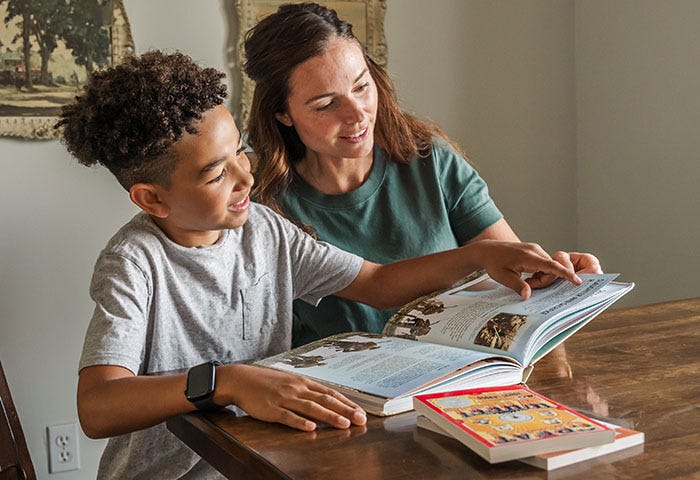

Why Should I Homeschool My 4th Grader?
Homeschooling your 4th grader opens the door to a world of personalized learning. Each child has unique strengths, interests, and challenges. With homeschooling, you can tailor lessons that resonate with your child’s individual needs.
Flexibility is another significant advantage. You can adjust schedules based on family commitments or special events without worrying about school hours. This adaptability fosters a love for learning as education becomes integrated with real-life experiences.
Moreover, homeschooling allows for deeper engagement in subjects that spark curiosity. Whether it’s diving into science experiments or exploring literature through books they adore, the possibilities are endless.
Creating a safe and nurturing environment further enhances emotional well-being. Children thrive when they feel secure and supported while discovering new concepts at their own pace.
Homeschooling empowers parents to become active participants in their child’s educational journey while building lasting memories along the way.
What Is The Homeschool Curriculum For 4th Grade
The curriculum homeschool for 4th grade is designed to build upon the foundational skills learned in earlier grades. At this level, students typically dive deeper into subjects like math, science, and language arts.
In mathematics, concepts such as multiplication and division are emphasized alongside fractions and basic geometry. This helps students develop strong problem-solving abilities.
Language arts focuses on reading comprehension, writing skills, and vocabulary expansion. Students engage with various texts, learning to analyze characters and themes while refining their own writing style.
Science introduces more complex topics like ecosystems and physical properties of matter. Hands-on experiments often spark curiosity about the natural world.
Social studies covers geography and history. Children explore different cultures along with significant historical events that shape our society today.
This diverse curriculum aims to equip fourth graders with critical thinking skills essential for future academic success.
What Should I Know About Homeschooling My 4th Grader
Homeschooling a 4th grader can be both rewarding and challenging. At this age, children are more independent but still require guidance.
Each child learns differently. Pay attention to your child’s learning style—visual, auditory, or kinesthetic—and adapt your methods accordingly. This personalization can make a significant difference in their understanding and retention of material.
Establishing a routine helps create structure while allowing flexibility for exploration and creativity. A mix of scheduled lessons and free time encourages balance.
Socialization is another key aspect to consider. Look for local co-ops or extracurricular activities to ensure your child interacts with peers regularly.
Understand that patience is vital during this transition period. There will be ups and downs as you adjust to new teaching dynamics. Embrace the journey together; it fosters not just knowledge but also strong family bonds.

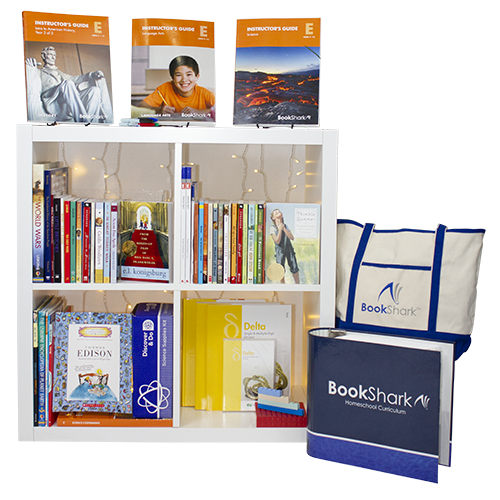
Is 4th Grade Too Late To Start Homeschooling?
It’s never too late to start homeschooling, even in 4th grade. Many families make the switch during this critical developmental stage.
At this age, children are becoming more independent learners. They can articulate their interests and preferences better than before. This makes it an ideal time for tailored 4th grade homeschool curriculum education.
Adjusting to a homeschool environment may take some effort initially. However, with patience and understanding, your child will adapt quickly.
Transitioning from traditional schooling allows you to focus on areas where your child excels or needs extra support. It opens doors for personalized learning experiences that public schools often can’t provide.
Emphasizing hands-on projects and real-world applications can reignite a love for learning at this stage. With creativity and flexibility, 4th grade homeschool curriculum can be a wonderful starting point for homeschooling adventures!
Which 4th Grade Homeschool Curriculum Is Best?
Choosing the best 4th grade homeschool curriculum can feel overwhelming. There are various options available, each catering to different learning styles and preferences.
One popular choice is a traditional textbook-based program. These often provide structured lessons and clear guidelines, making it easy to follow along.
A literature-based curriculum immerses students in high-quality books and stories, fostering a deep love for reading while integrating various subjects through engaging and context-rich learning experiences.
For those looking for a more hands-on approach, project-based or experiential curriculums might be ideal. They encourage creativity and critical thinking through engaging activities.
Online programs are gaining traction as well. Many offer interactive courses that can make learning fun while keeping students motivated.
Consider your child’s unique interests and needs when selecting a curriculum. A personalized approach will foster their love of learning and ensure they thrive academically in this pivotal year.


What Do 4th Graders Learn in ELA?
In fourth grade, students dive deeper into English Language Arts (ELA), expanding their reading and writing skills. They explore various genres, including fiction, nonfiction, poetry, and drama.
At this stage, comprehension becomes pivotal. Fourth graders learn to analyze texts by identifying themes, characters, and settings. They begin making inferences based on evidence from the text.
Writing takes center stage as well. Students craft narrative pieces that tell stories with clear beginnings, middles, and ends. They also practice informative writing by researching topics and presenting their findings coherently.
Vocabulary development is emphasized too. Children engage with new words through context clues and word analysis strategies.
Listening and speaking skills are nurtured through discussions about texts read in class or at home. This holistic approach makes ELA a dynamic subject for young learners as they express ideas more clearly than ever before.
How Long Should A 4th Grader Read Per Day?
The amount of time a 4th grader should read daily can vary. Generally, experts recommend about 20 to 30 minutes each day. This duration helps foster a love for reading without overwhelming young learners.
Quality matters just as much as quantity. Encourage your child to explore books that pique their interest. This engagement often leads to deeper comprehension and enjoyment.
Consider integrating different types of reading materials: fiction, non-fiction, magazines, or even comics. Mixing genres keeps things fresh and exciting.
You might also want to establish a routine around this reading time. Whether it’s in the morning or before bed, consistency can help build strong habits.
As they grow more comfortable with their skills, you may notice them naturally extending their reading sessions on their own. Encouraging independent exploration is key at this stage of learning.
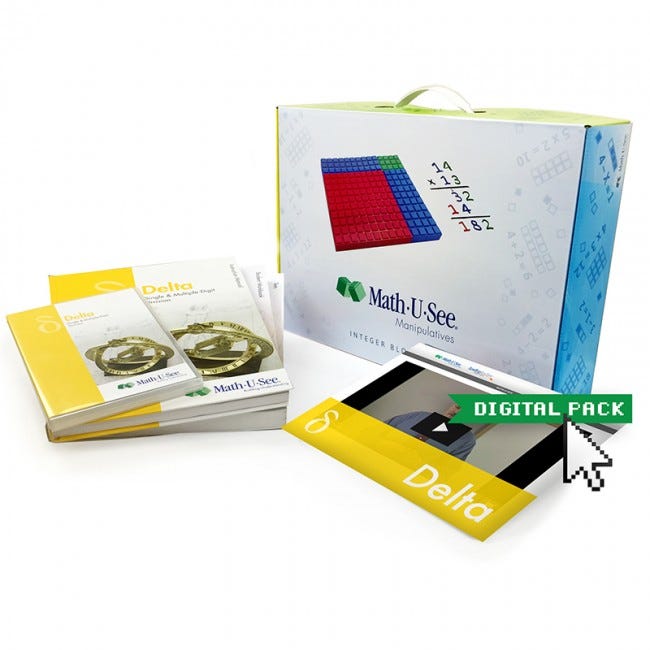
What Math Should A 4th Grader Be Doing?
In a 4th grade homeschool curriculum, math becomes a fascinating exploration of numbers and concepts. Students typically dive into multiplication and division, mastering these operations with multi-digit numbers.
Fractions enter the picture too. Kids learn to add, subtract, and compare fractions with like denominators. Understanding the basics prepares them for more complex topics ahead.
Geometry also takes center stage. Fourth graders identify shapes and their properties while beginning to explore area and perimeter calculations.
Data interpretation finds its way into lessons as well. Students start collecting data, creating graphs, and understanding simple statistics.
Word problems become essential learning tools, helping children apply math in real-world situations. This not only enhances problem-solving skills but also encourages critical thinking.
These foundational experiences set the stage for future success in mathematics as learners progress through their education journey.
How Do I Start Homeschooling In 4th Grade
Starting to homeschool your 4th grader can feel overwhelming, but it doesn’t have to be. Begin by assessing their current knowledge and skills. This will help you identify areas where they may need extra support or enrichment.
Next, choose a curriculum that aligns with your child’s learning style and interests. Whether you opt for a complete 4th grade homeschool curriculum or mix and match resources, ensure it covers essential subjects like math, ELA, science, and social studies.
Create a flexible daily schedule that incorporates structured lessons along with time for exploration and creativity. Don’t forget to include breaks!
Engage with local homeschooling groups online or in person for support. They can provide valuable resources, tips, and encouragement as you embark on this educational journey together.
Stay patient. Every day won’t be perfect; embrace the process of learning together.
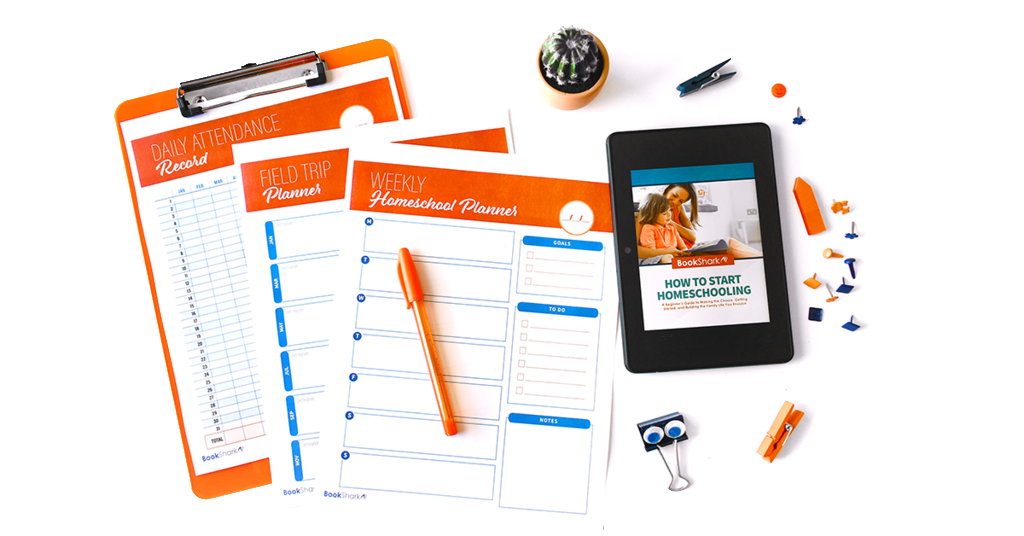
Choosing to homeschool your 4th grader can be a fulfilling journey for both you and your child. It opens up opportunities for tailored learning experiences that align with their interests and pace. With the right curriculum, you can foster a love of learning while covering essential subjects.
Understanding what your 4th grader should learn helps ensure they’re on track academically. From ELA skills like reading comprehension to foundational math concepts, there’s much to explore in this grade level.
Starting homeschooling at this stage is not only possible but also advantageous. You’ll find resources designed specifically for fourth graders, allowing you to create a complete 4th grade homeschool curriculum that meets educational standards while keeping it engaging.
As you embark on this exciting path, remember that it’s about flexibility and discovery. Embrace the process of teaching and learning together; it can lead to incredible growth in knowledge—and in your relationship as well. The key is finding what works best for both you and your learner as you navigate through the fascinating world of education at home.
Frequently Asked Questions
What are the four questions that every curriculum must answer?
When evaluating any curriculum, there are four critical questions that need attention. First, what are the learning objectives? Clear goals help define what students should achieve by the end of a course. They guide both teaching and assessment methods effectively. Second, who is the intended audience? Understanding whether the curriculum caters to diverse learning styles or specific educational needs ensures it meets all students where they are. Third, how is content delivered? This includes examining various instructional strategies and resources provided for different subjects. A well-rounded approach often yields better engagement. How will progress be assessed? Regular evaluations can include tests, projects, or informal assessments. This measure allows parents to track advancements and areas needing improvement in their child’s education journey.
What is the age range for a 4th grader?
The typical age range for 4th grade in the United States is generally 9 to 10 years old. This grade level is often a time when students transition from early elementary education to more advanced subjects, developing critical thinking and problem-solving skills. Children in this age range are usually in their fourth year of formal schooling, following kindergarten, first, second, and third grades. However, it’s important to note that age ranges can vary slightly depending on individual school policies, state regulations, and the child’s specific developmental progress. Some children may start 4th grade at 8 years old if they began school early or were advanced a grade, while others may be 11 if they started school later or repeated a grade.
